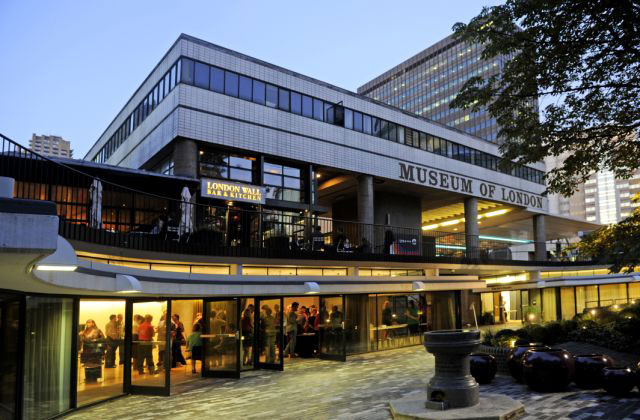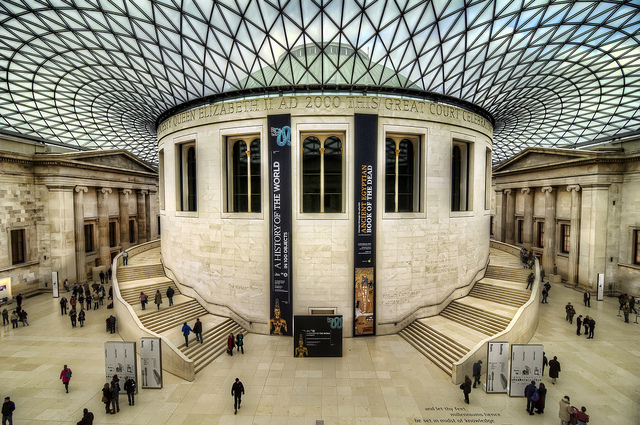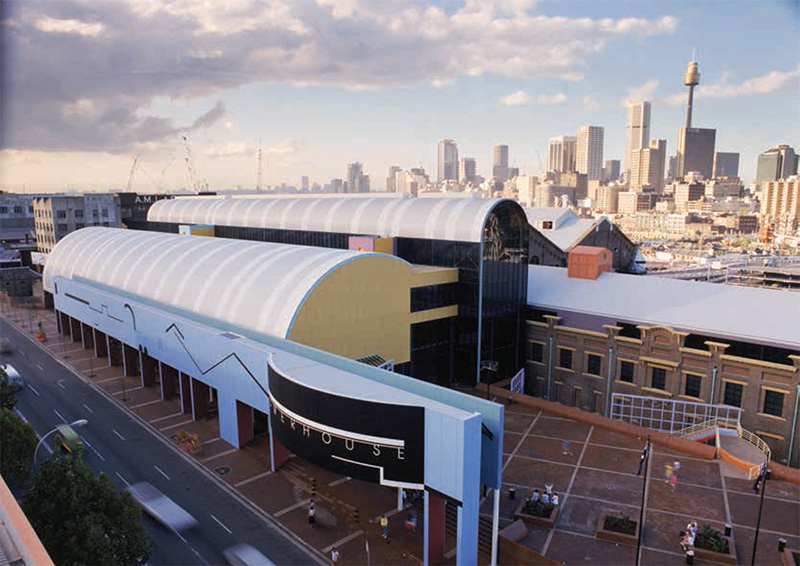Museums and Public Value, edited by Carol A Scott (Ashgate, 2013), posits that “adopting a public value approach to managing museums and their programming leads to long term public engagement and support”.
Public value has become part of museum language as for other public services, and Museums and Public Value helps us understand why and what it means for all of us. ‘Public value refers to planned outcomes, which add benefit to the public sphere’ (p2); ‘Public value is dynamic; it makes the institution an active agent in the creation or destruction of what the public values (Holden, quoted p. xv.). So, it’s all about impact and purpose.
It’s also about sustainability: The subtitle of this book is ‘creating sustainable futures,’ and it’s certainly a big concern for all of us. Especially in the UK, there’s a lot of debate around the subject and this is reflected in chapter 11 of the book, in an article by Sharon Heal, now director of our Museums Association, which has been running the Museums 2020 project. Sustainability means survival not just for museums but for the planet and that aspect is emphasized here by examples such as the Monterey Aquarium (pp53-55: national seafood watch) and Te Papa in New Zealand (‘saving the planet’ is one of its strategic priorities, p68).
Survival for museums in Europe, as elsewhere, means coping with rapidly diminishing support from central government, particularly in those countries subjected to the current neo-con obsession with austerity and public funding cuts, and creating more opportunities for the private sector to mop up demand for educational, medical and other services at a profit. This orthodoxy threatens to undermine the work of social democratic governments everywhere in creating greater access to culture and in particular, better educational services in museums, galleries and heritage. It defines value in economic turns: Margaret Thatcher once asserted that if people wanted culture they should pay for it.
The current UK government rejects the language of entitlement as used by previous Labour governments, which removed admission charges from national museums and poured resources into culture, but with strings attached. Public value had to be demonstrated to state funders but also to the Heritage Lottery Fund which has played a major role in a cultural renaissance, and to other foundations, trusts and philanthropists. We are moving inexorably towards the U.S. model, but without the American tax benefits for donors. We have had to develop new forms of evaluation, notably the Generic Learning Outcomes and a more reflective way of working, in order to demonstrate social, educational and wider cultural impact. Unfortunately, the government still assesses museum educational output through number of school visits, mainly.
In this climate, museums across Britain have had to think outside the box, by forging collaborative, inventive partnerships between national museums and others, and in new networks of contemporary art galleries and social history museums. The Paul Hamlyn Foundation has been supporting the Happy Museum network, an example of what John Holden describes in this book as the need to ‘overturn the concept of centrally driven, top-down delivery and replace it with systemic, grass roots value creation’ (p5).
Chapter 7 focuses on an earlier phase of globalization, the slave trade, and how to represent it in a museum sited close to where the products of the plantations, such as sugar, arrived in London. The book features a case study from the Museum of London and its satellite in the Docklands, an area of massive, and often grotesque, regeneration for global companies, largely free from normal planning controls. The Museum of London is a good example of an initially innovative museum that became complacent about its collections and outreach (think V&A, Louvre, British Museum, MoMA). The Museum has now squarely faced the challenges of the 21st century, to the extent that it will now probably move from its cramped, modernist building near St. Paul’s to a converted market complex nearby, in order to better reflect a rapidly changing world city to itself.
 Image: Museum of London has faced the challenges of the 21st C. and will now probably move to a converted market complex nearby.
Image: Museum of London has faced the challenges of the 21st C. and will now probably move to a converted market complex nearby.
The book focuses on the right set of questions, beginning with why: mission and alignment (see e.g., p20) and social purpose (see especially, the Te Papa chapter 5). There is also discussion around the ‘how,’ such as evaluation and visitor research (especially chapter 4), something which many art galleries and heritage organizations still seem reluctant to do. There is also discussion of the museum educator’s role in all this. Ben Garcia acknowledges (p9) that it has often been the educators who have worried first and longest about audiences and impact and social purpose, but today, that’s a much more widely shared role, like the whole museum learning experience.
However, we are as guilty as our colleagues of ‘silo working’ and ‘patch protection’ as Mike Houlihan graphically puts it (p70). Glasser is also cited (p48) on this issue of narrow professional perspectives: she feels that ‘overemphasis on education means that museums have succumbed to an overemphasis on words, giving primacy to language-based ways of knowing at the expense of visual literacy. She challenges museums to give precedence to stimulating questions over providing answers’.
Museums today are a global phenomenon and the key players move around within it: the editor of this book, Carol Scott is now based in the UK and is a leading member of ICOM and the American Alliance of Museums, but was a pioneering Head of Evaluation and Audience Research at the Powerhouse Museum in Sydney. The UK Director of Te Papa in New Zealand previously worked in London and Belfast. Currently, directors of two leading west coast Canadian museums come from London. Other contributors work in the U.S., UK and Australian museums, universities and consultancies. They are all committed, as consultant Randi Korn puts it, to museums ‘being valuable, being valued and being sustainable’ (p42).
‘Thanks to the extent of today’s economic crisis, exhorting museums to engage more directly in social service to their communities has gained more credibility than it has had at any time during my career. It has become clear to many of us that the familiar arguments on behalf of museums—that they enrich the quality of life and preserve our collective patrimony—have failed to engage funders adequately in the face of our economic plight…My dream is that the museum will become a clubhouse for all who need it, and the community will be strengthened by it. The terms ‘‘clubhouse,’’ ‘‘forum,’’ ‘‘town square,’’ and ‘‘meeting ground’’ have been used frequently in contemporary press releases by many institutions that have not fully embraced what these terms mean and what alteration must be undertaken in their program mix. If we could regard these terms seriously, we will have used this stressful time of diminished resources as an opportunity to transform museums into something recognized by all as essential for our collective well-being’.
About the Author
 John Reeve is the former Chair of Group of Education (GEM), University College of London, Institute Of Education, London, and International Consultant on Rereeti’s Advisory Board.
John Reeve is the former Chair of Group of Education (GEM), University College of London, Institute Of Education, London, and International Consultant on Rereeti’s Advisory Board.










Reblogged this on EVE.